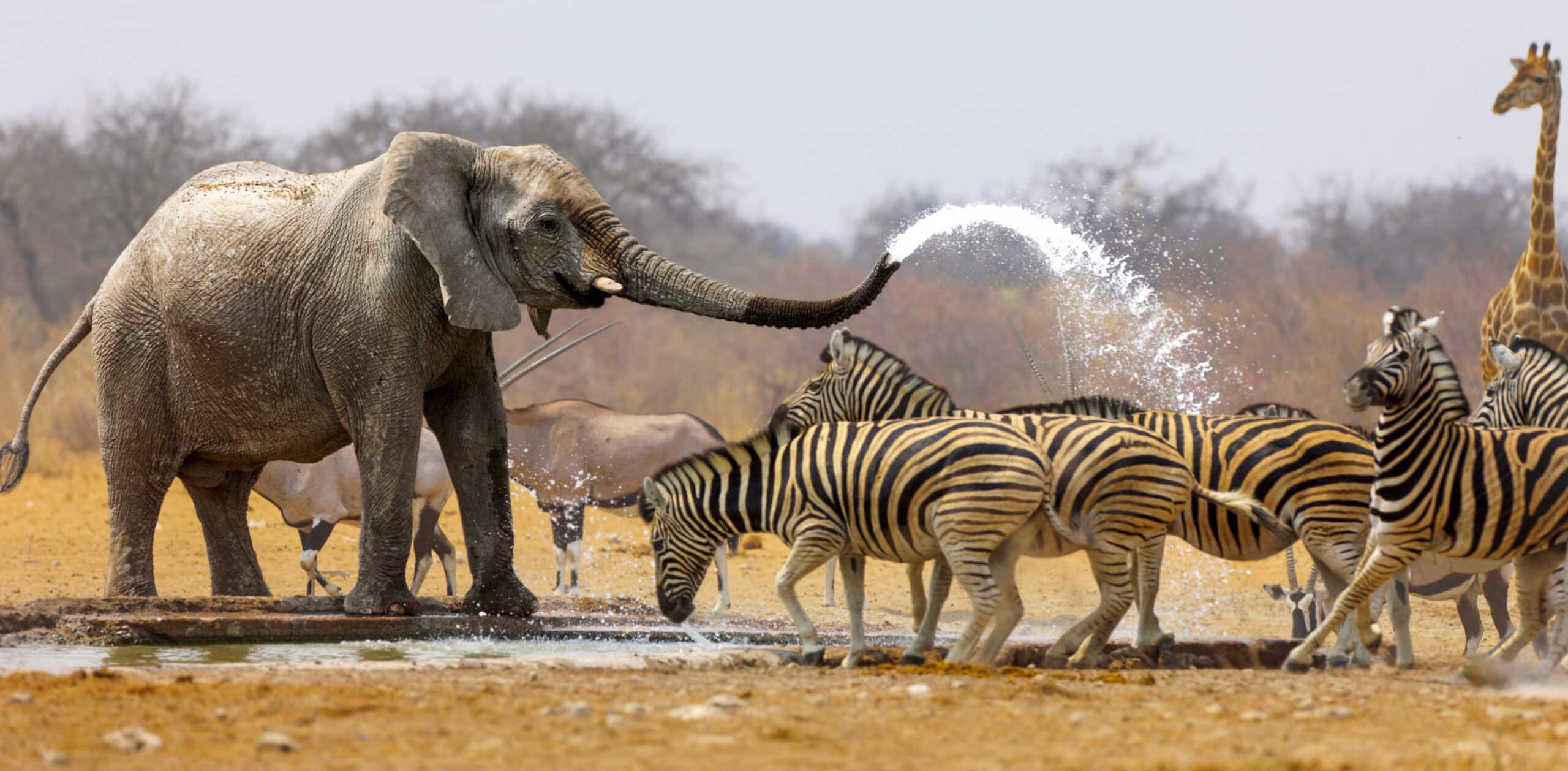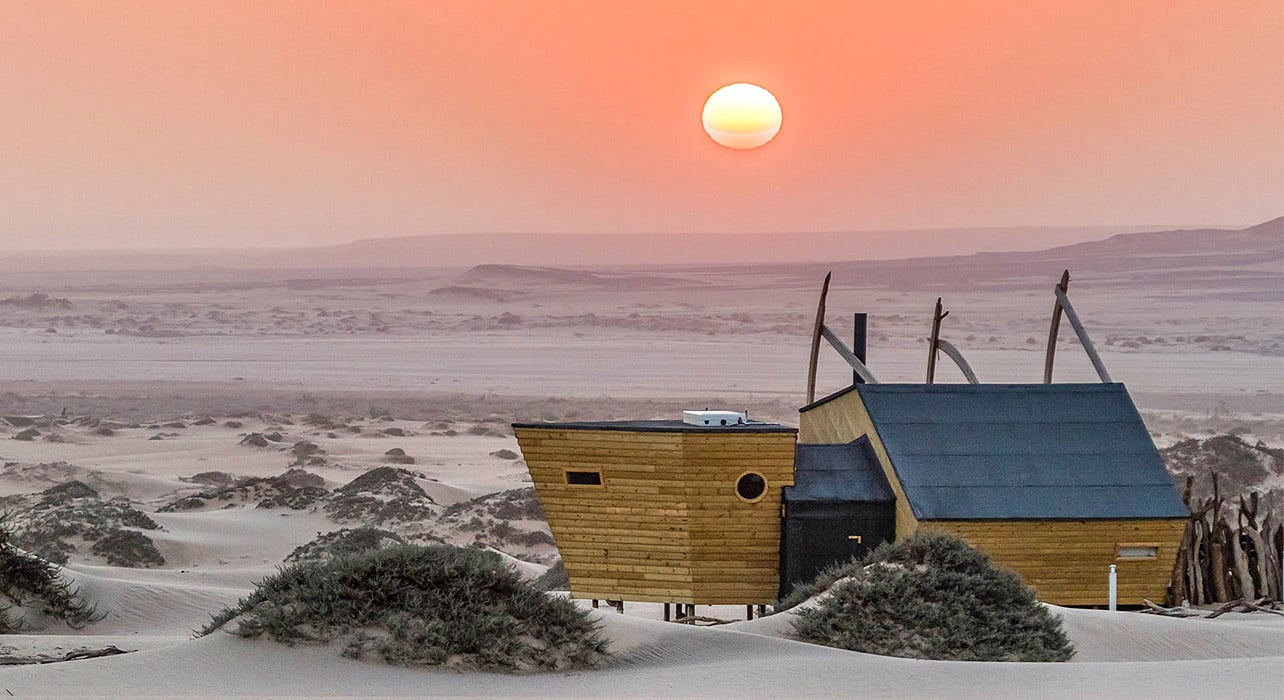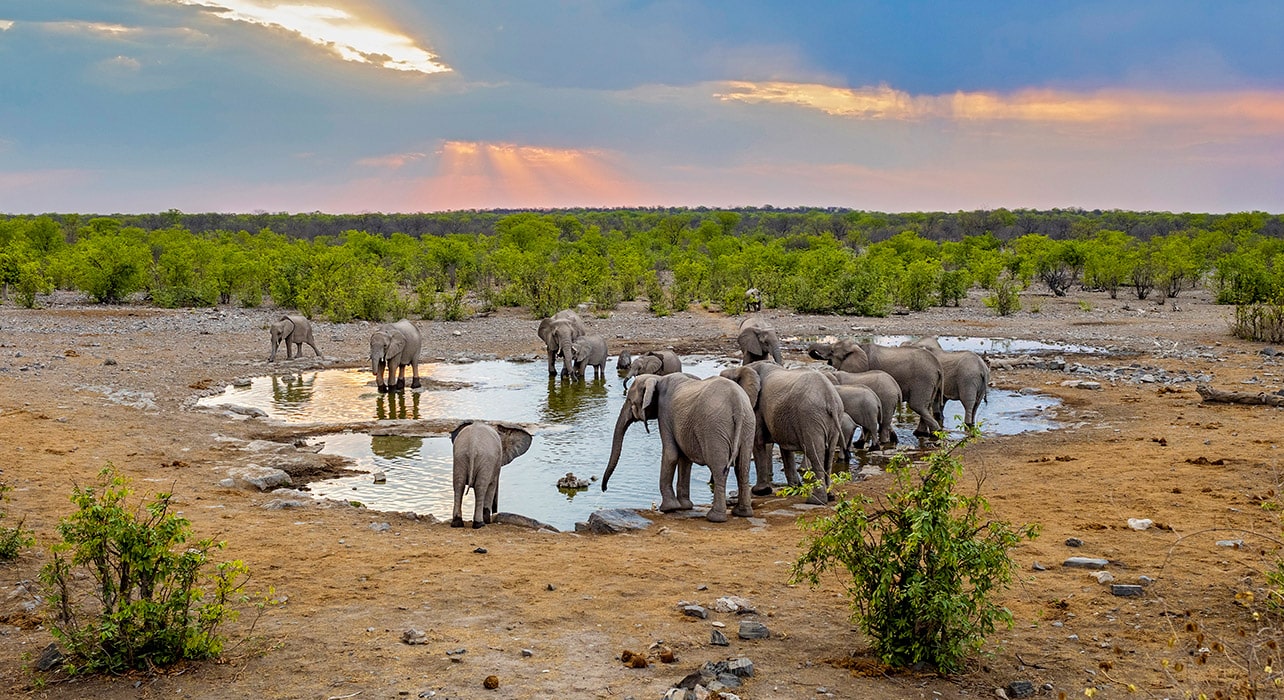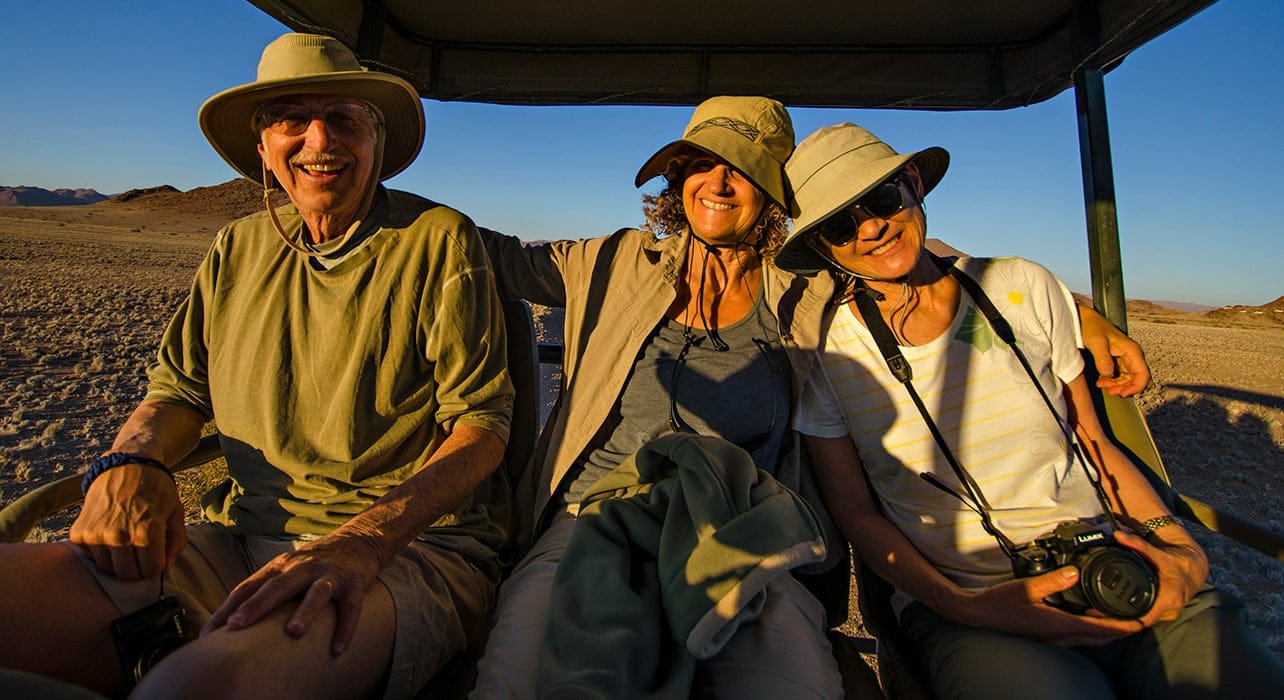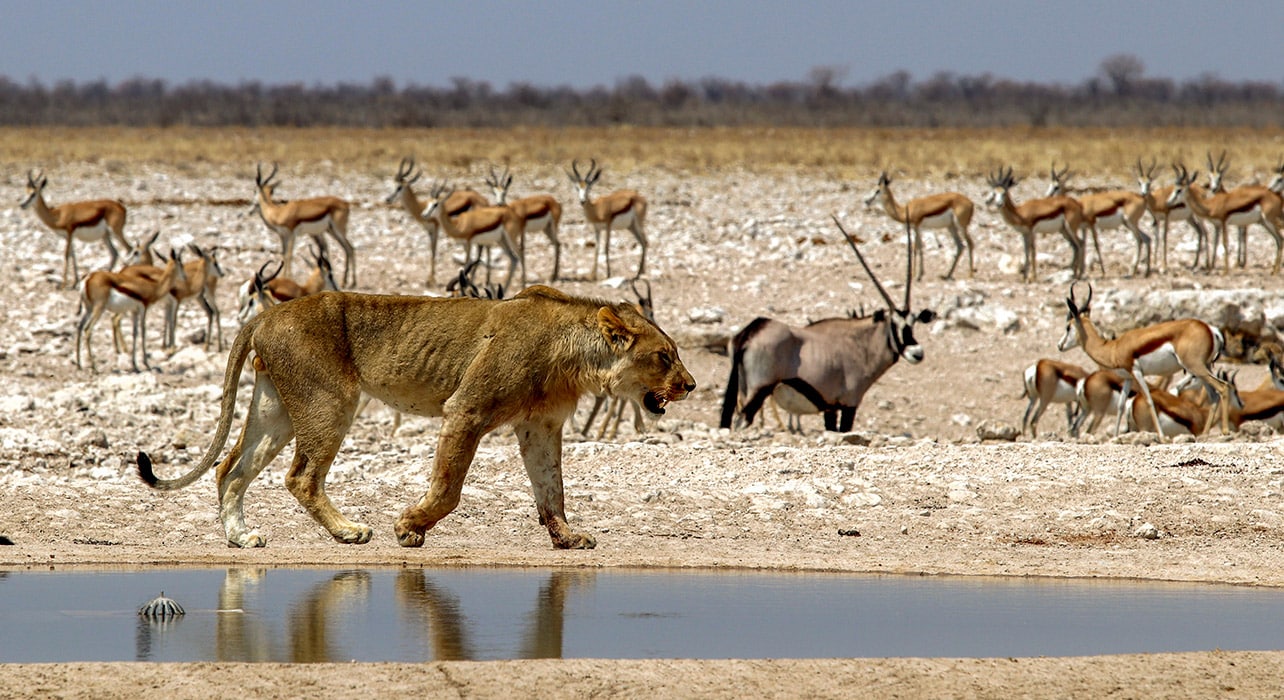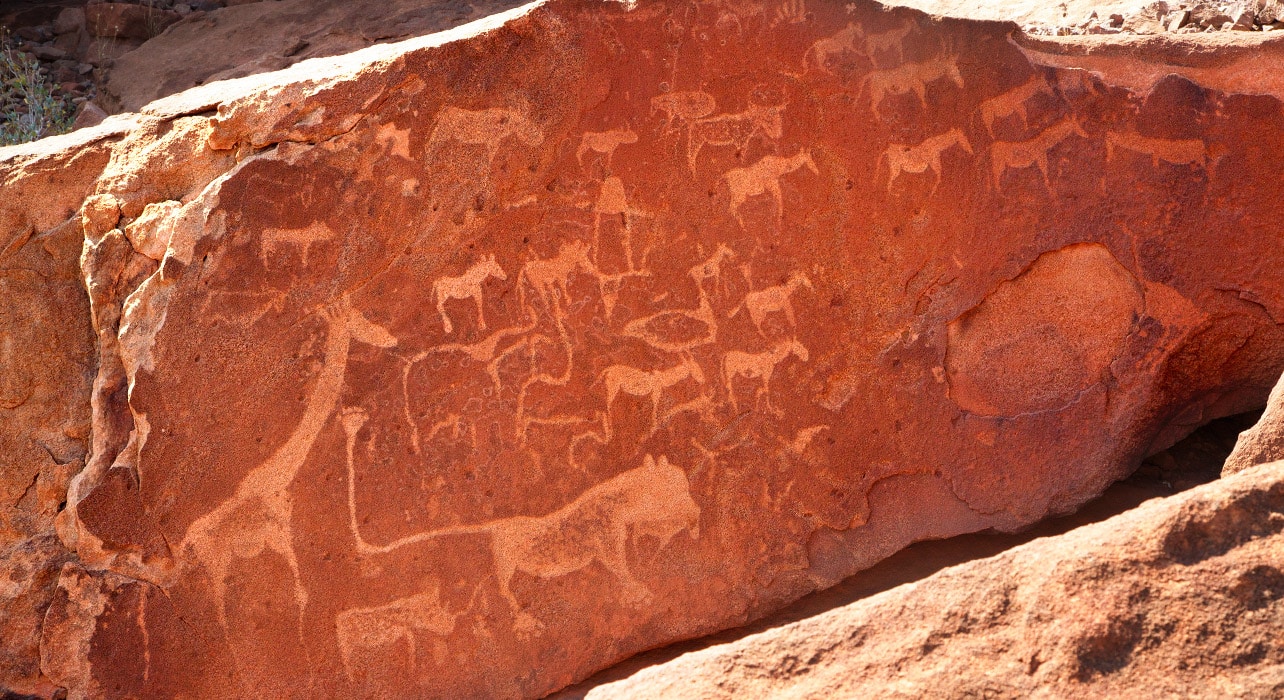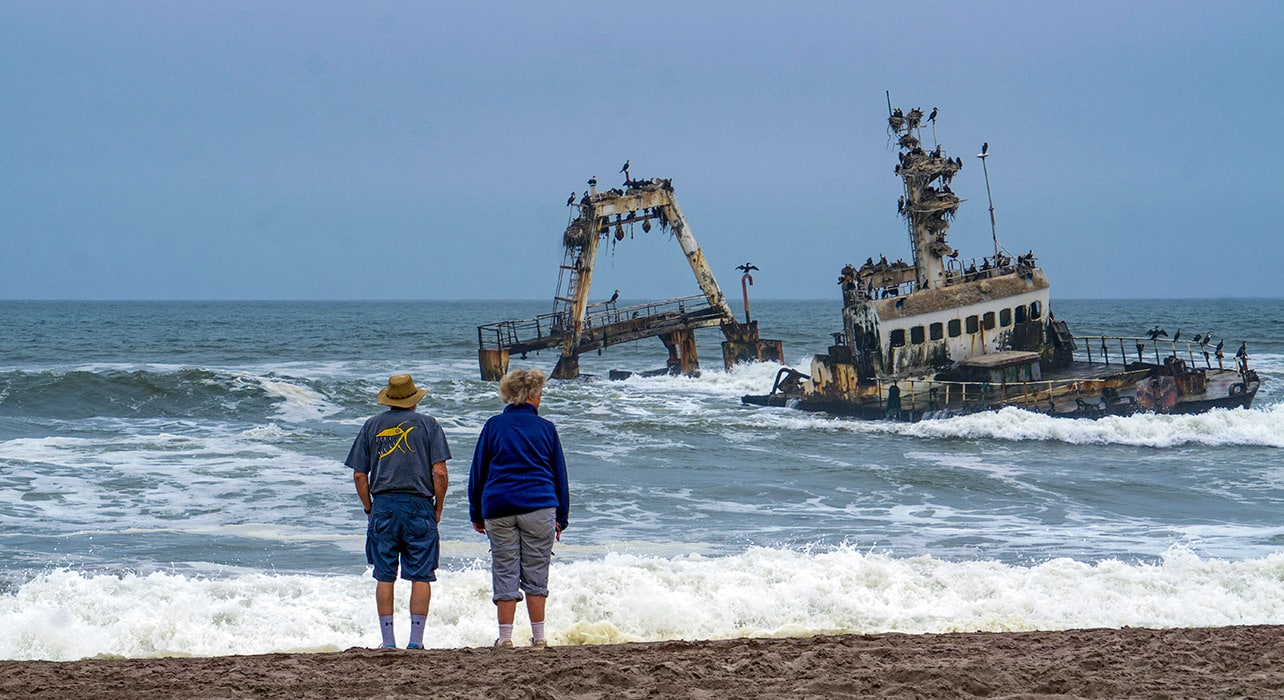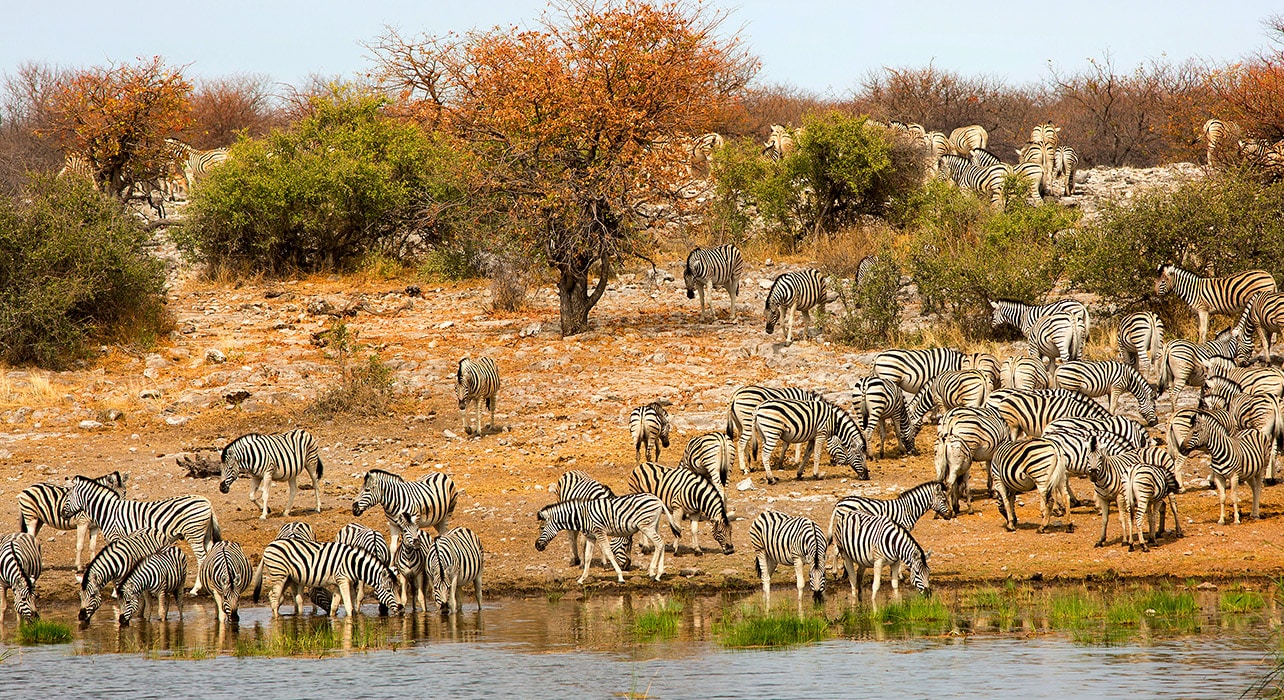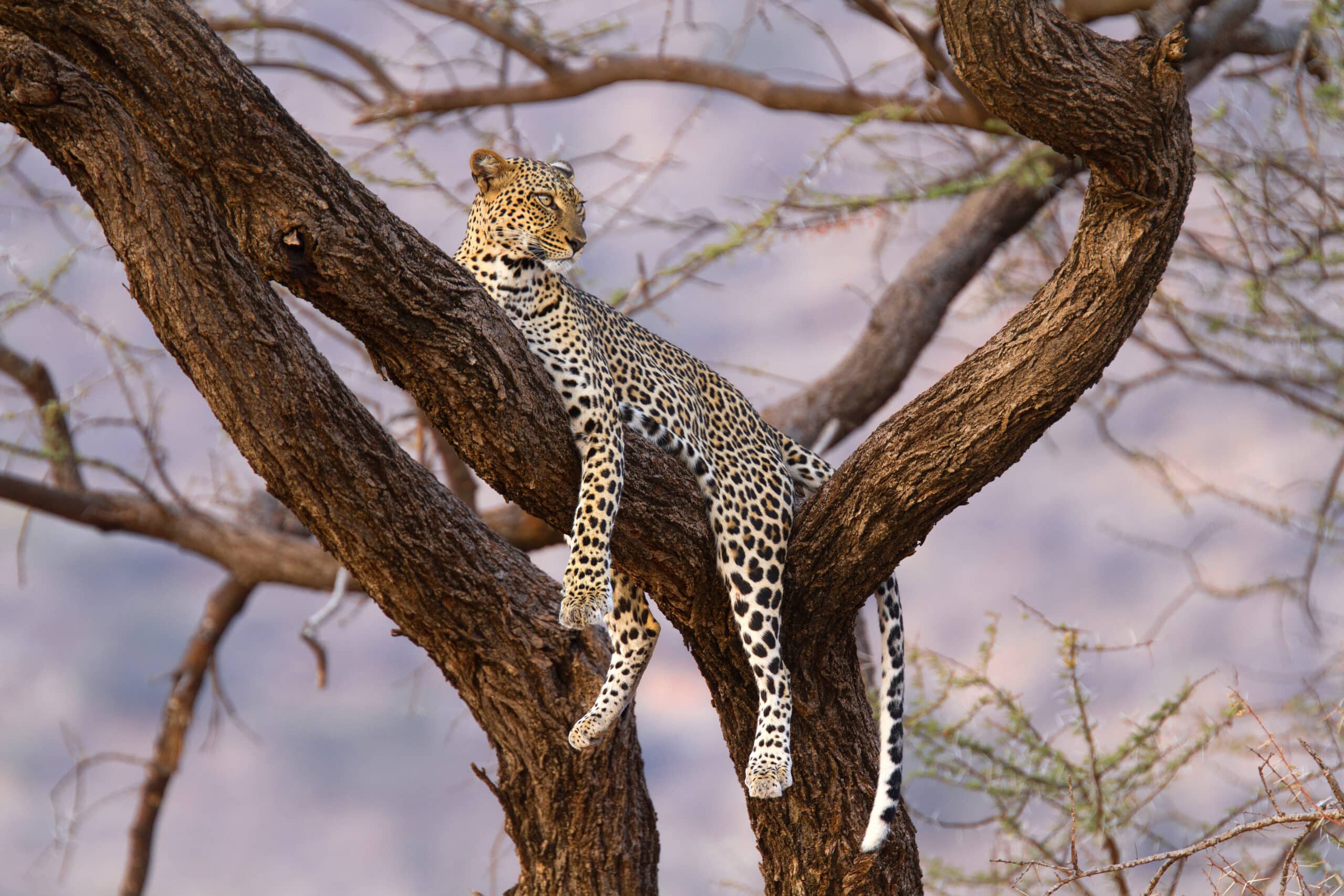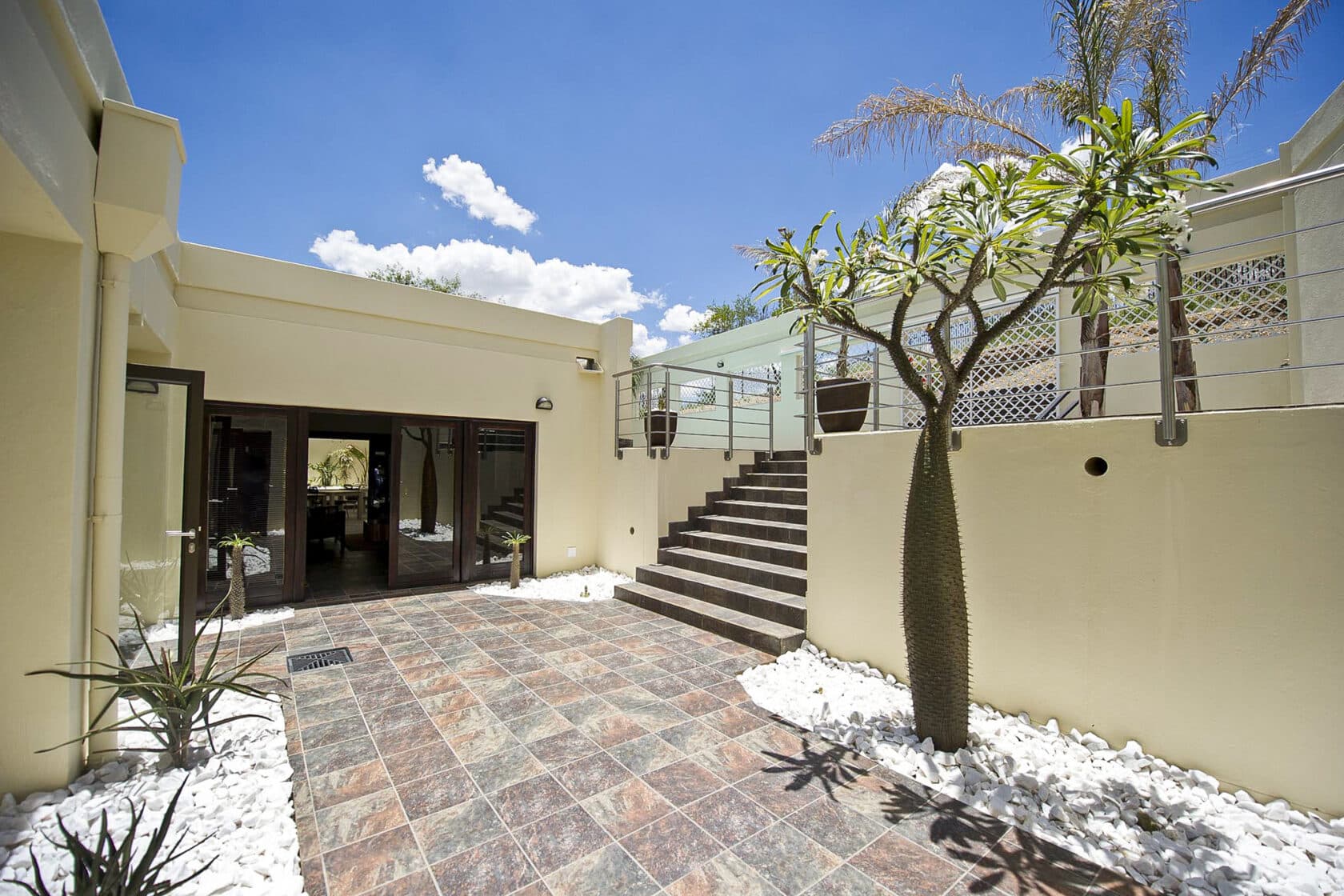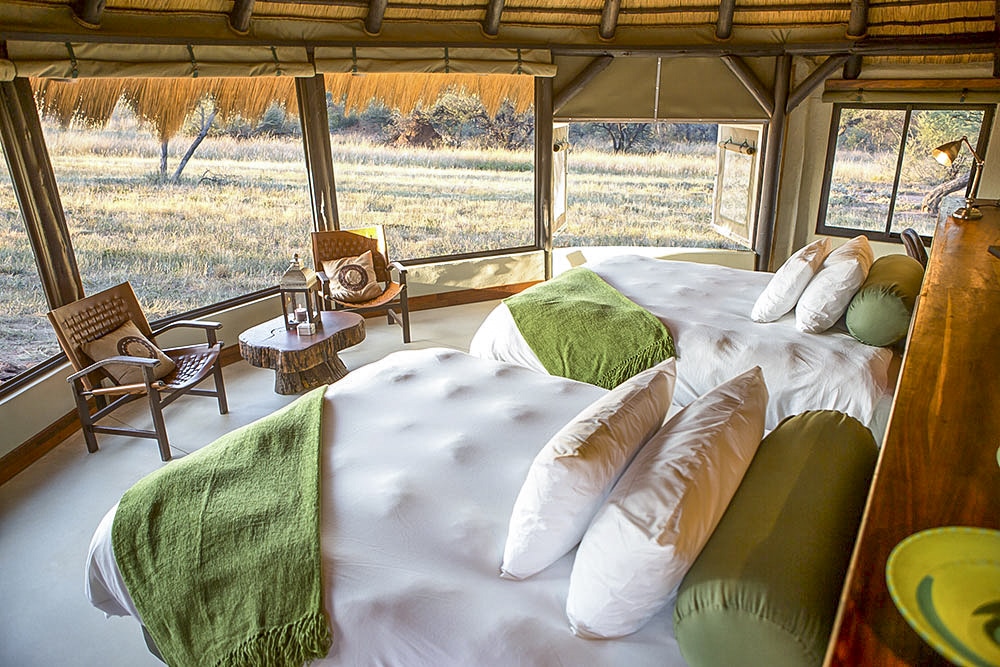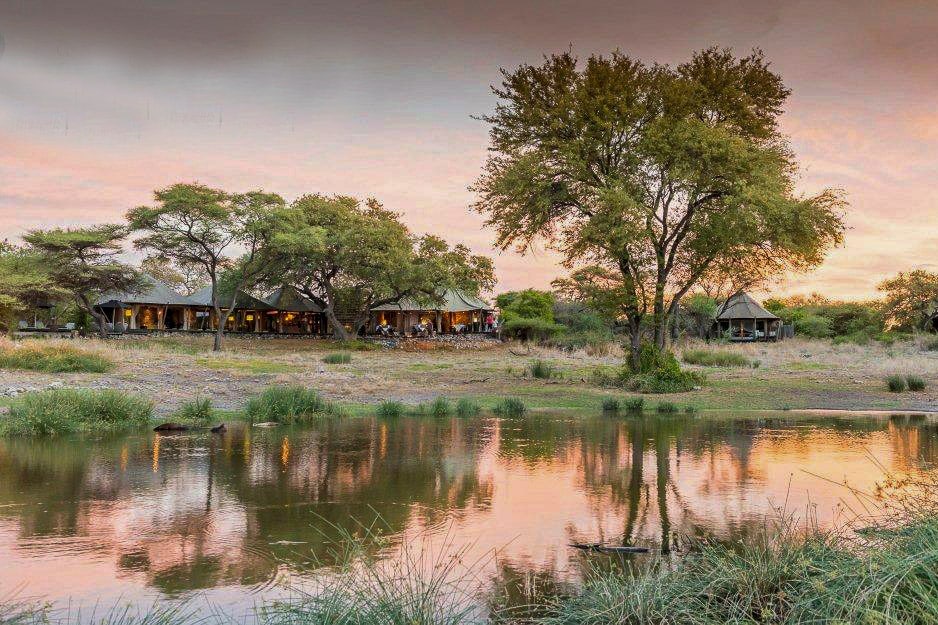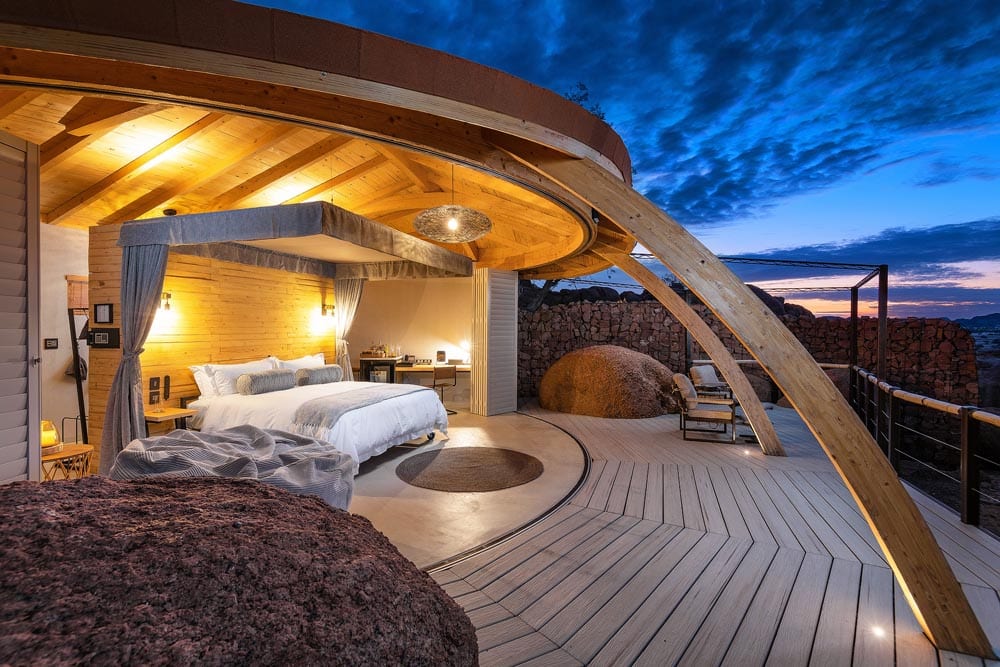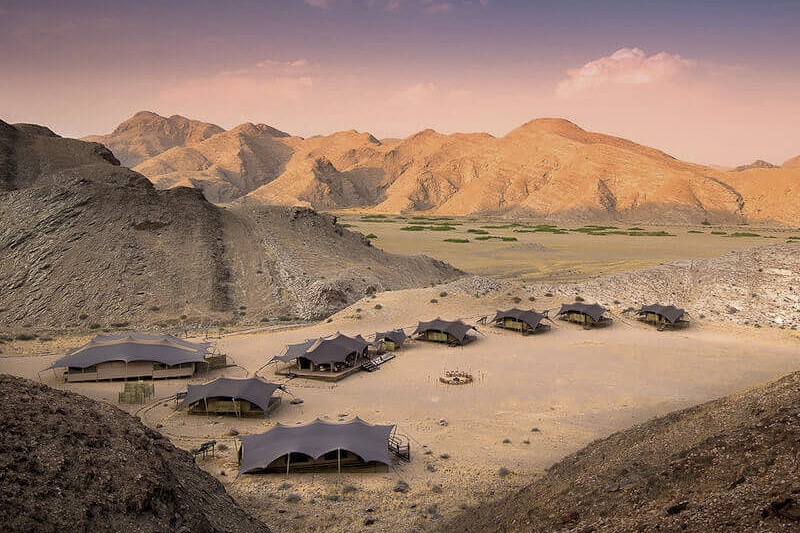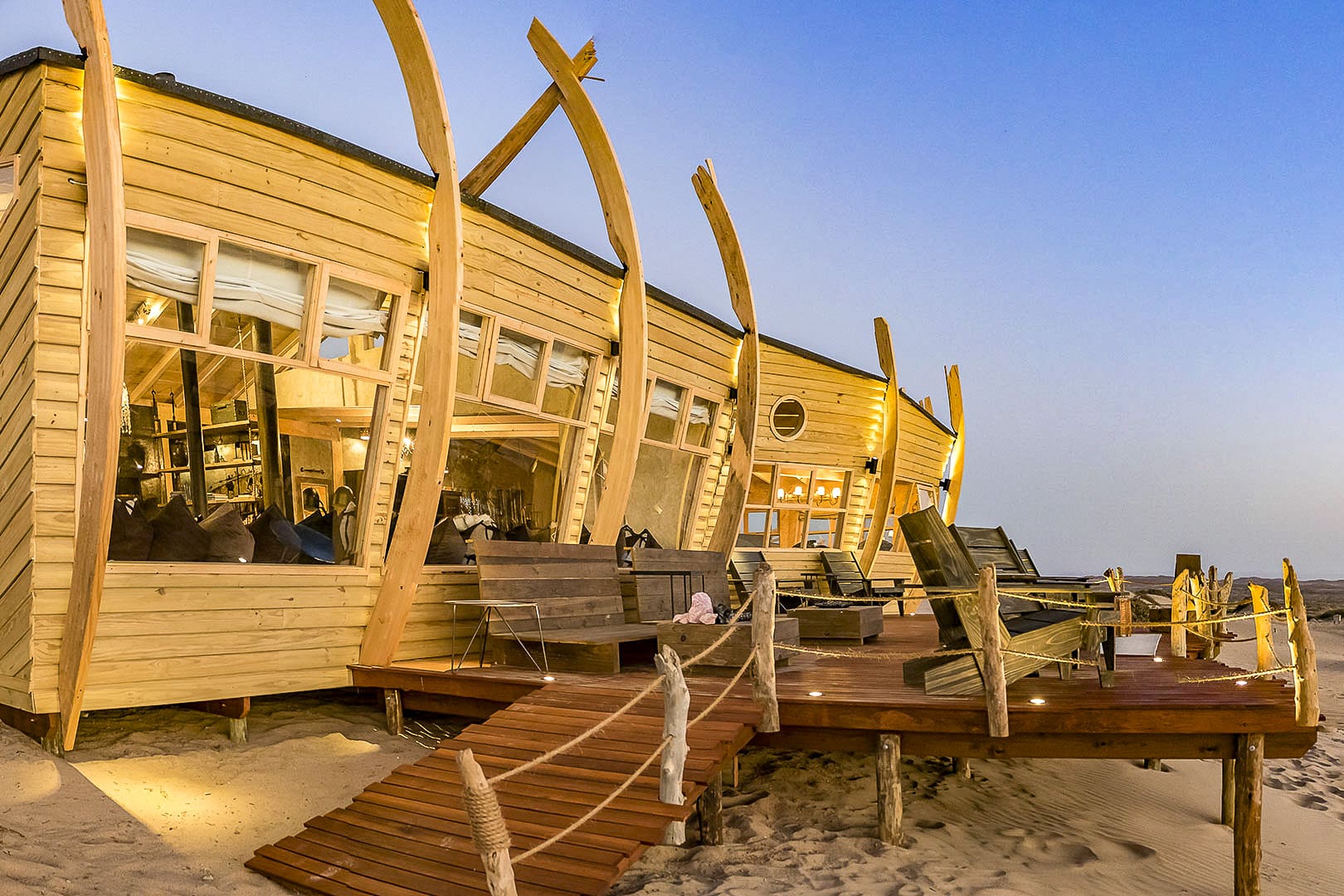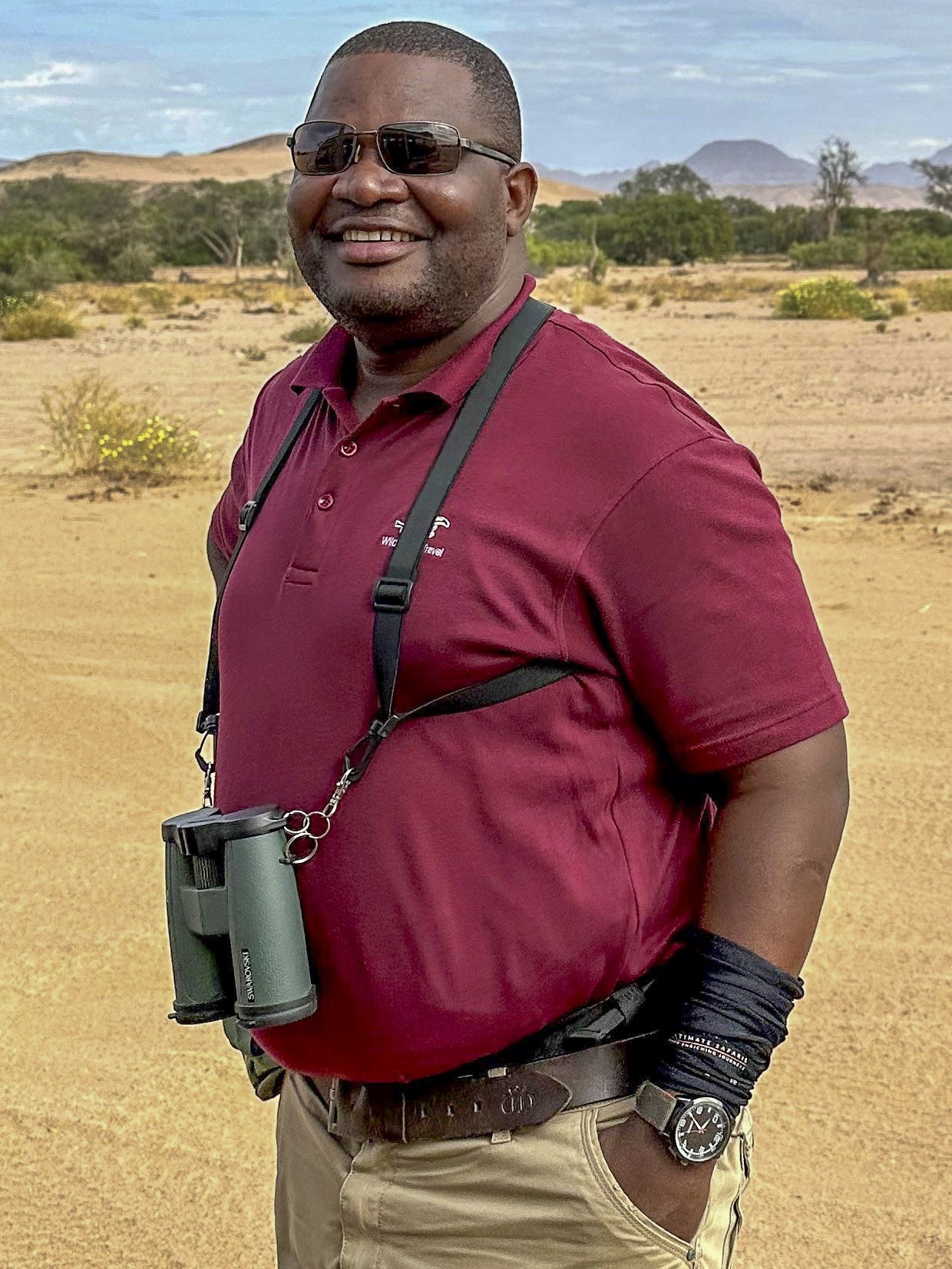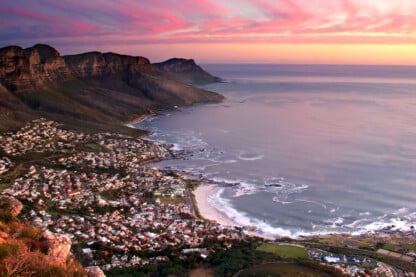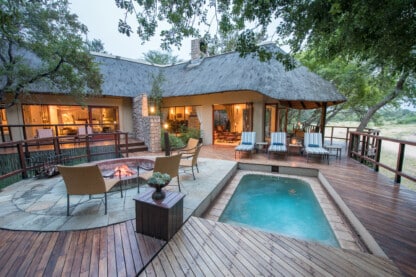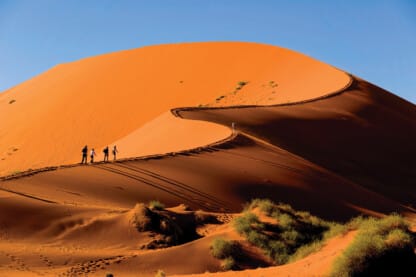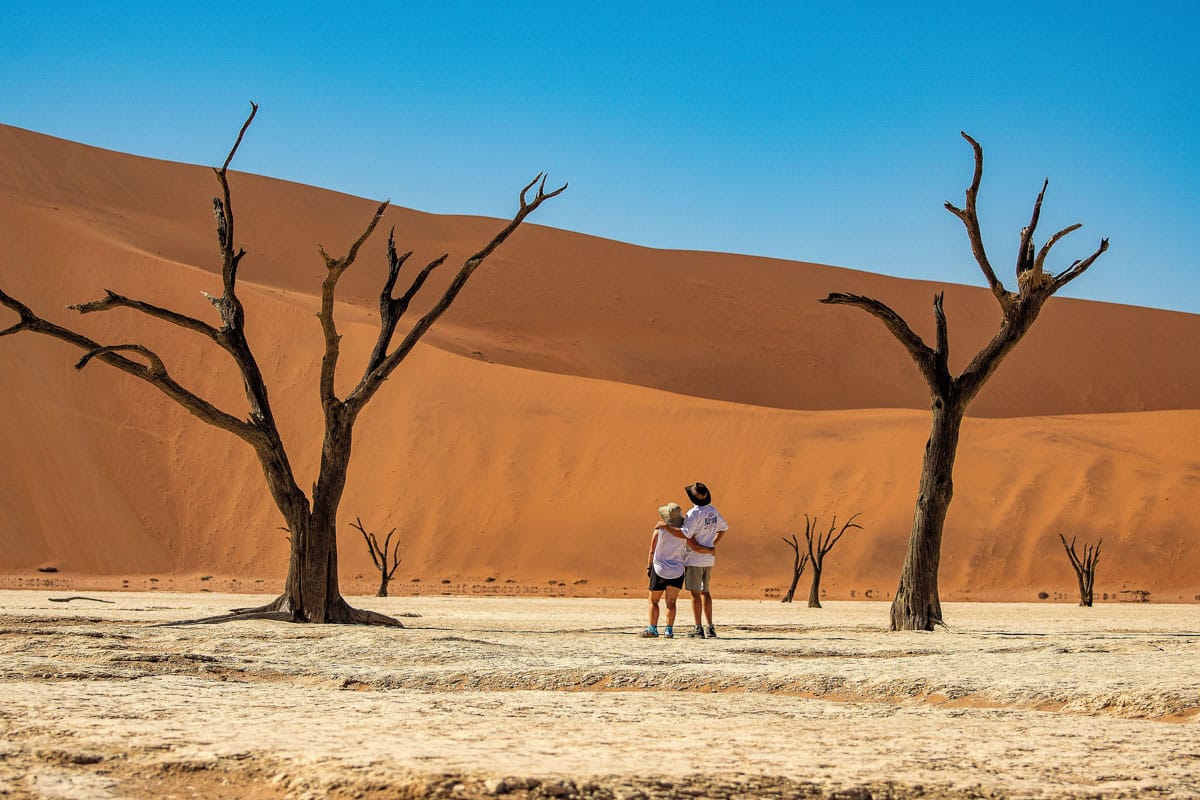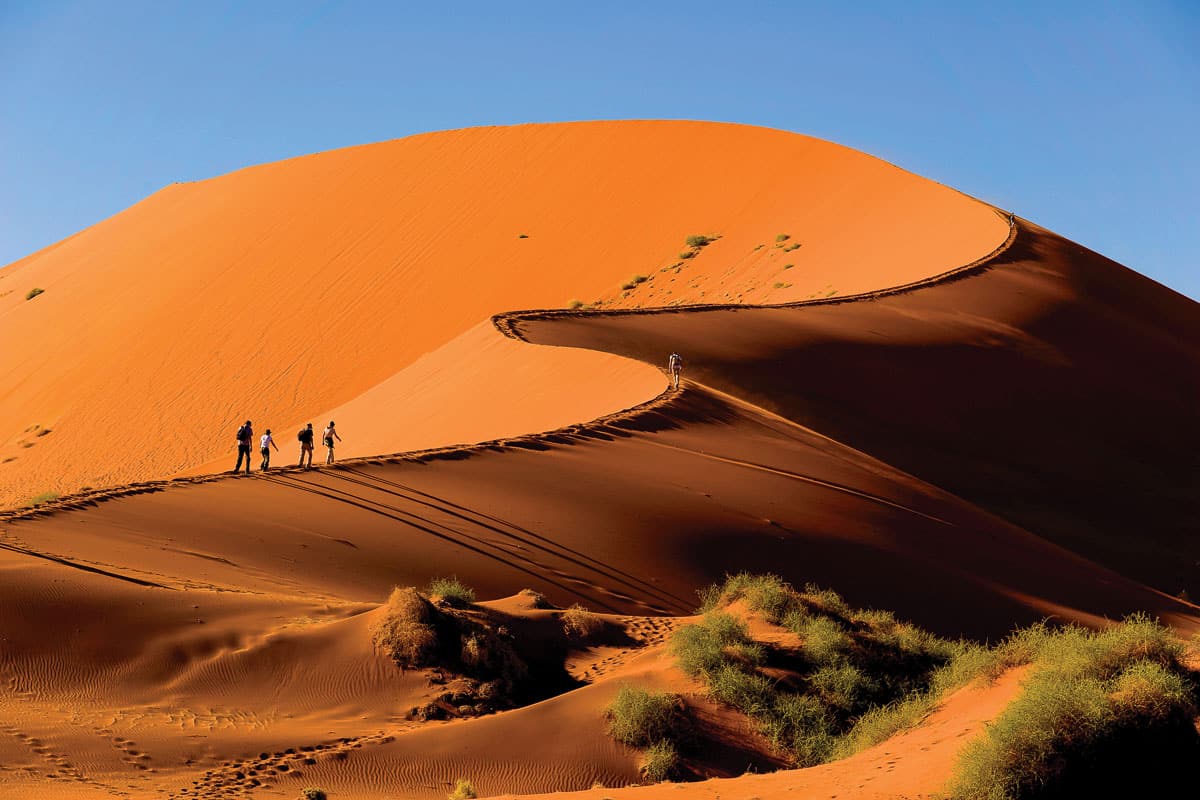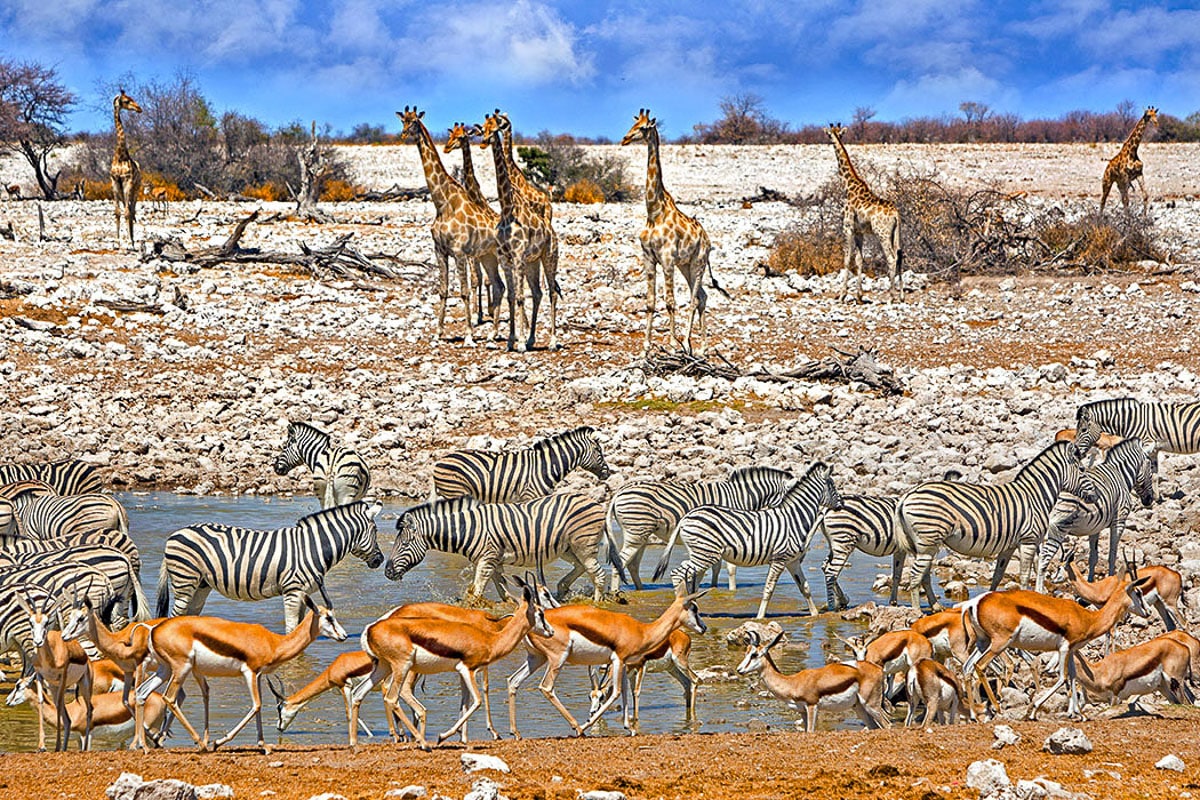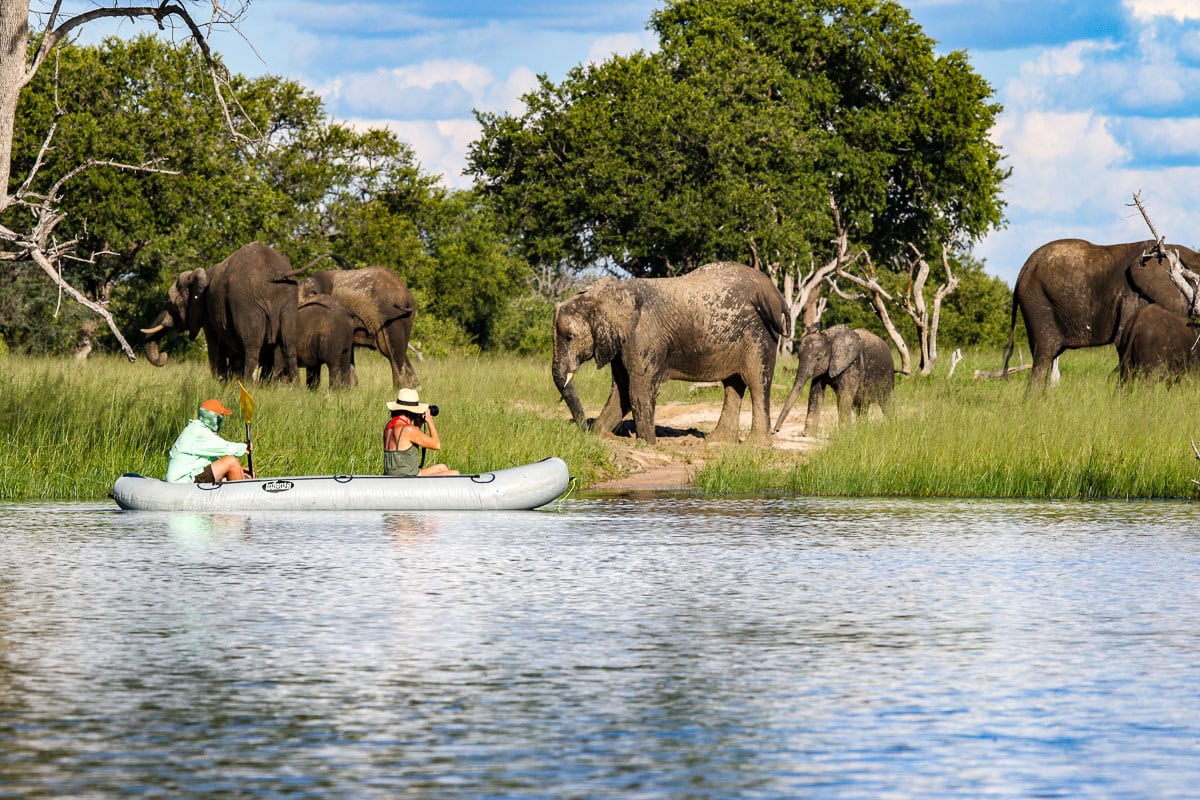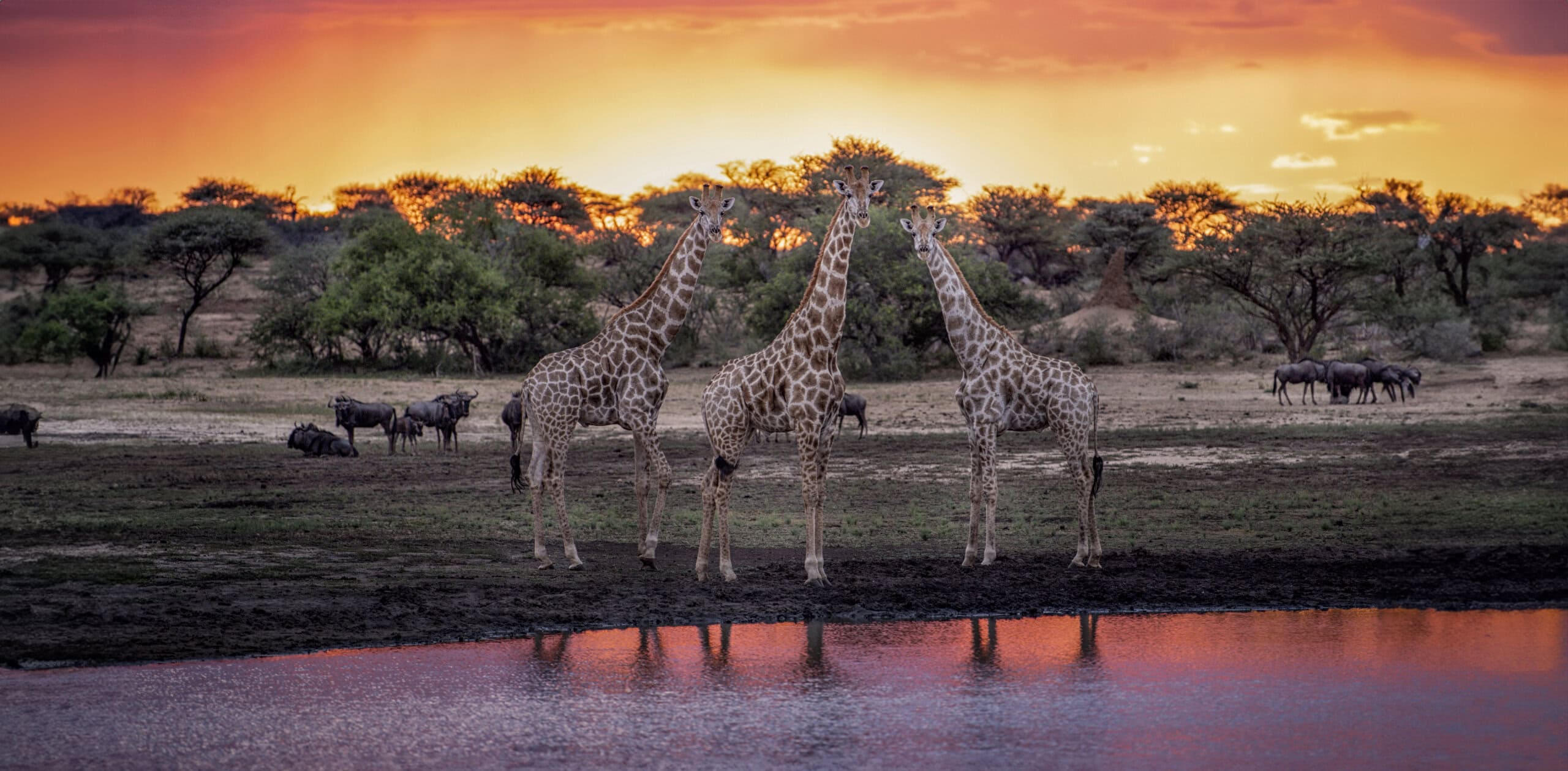
Wildlife Encounters from AfriCat to Etosha, Damaraland, Hoanib Valley, and the Legendary Skeleton Coast
Namibia: Green Season Safari
Overview
Namibia is one of the most hauntingly beautiful safari destinations in the world, brimming with astounding landscapes and rare species found nowhere else. We discover this epic land during the “green season” (January to March) as we track leopards at AfriCat and explore World Heritage-listed Etosha National Park from its less-traveled eastern gate. Heading into Namibia's far northwest, we search for desert-adapted elephants in ethereal Damaraland, then discover Kaokoland's remote Hoanib River Valley, which teems with resident desert-adapted wildlife in a vast, mountainous, and wild landscape. We'll visit a Himba settlement while we're in this luminous land and learn about their nomadic culture. Our grand finale finds us at Shipwreck Lodge, perched right on the dunes of the legendary Skeleton Coast. We enjoy all this with an expert Trip Leader who is one of Namibia's best known naturalist guides. The green season is Namibia's summer, a time of bounty, bringing the desert to life to reveal carpets of buttercup-yellow devil's-thorn flowers and swaths of yellow and pink cleomes. It is calving season for plains game such as springbok and zebra, peak birdwatching season for flocks of migratory species, and an ideal season for photography, with clear, dust-free skies and striking cloud formations. Rain is usually confined to a short and spectacular daily afternoon thundershower, which brings the plains alive with new green grass. To top it off, our journey comes at a savings of more than $1,500 per person compared with high-season safaris. Join us to explore the very best places to be during this special season!
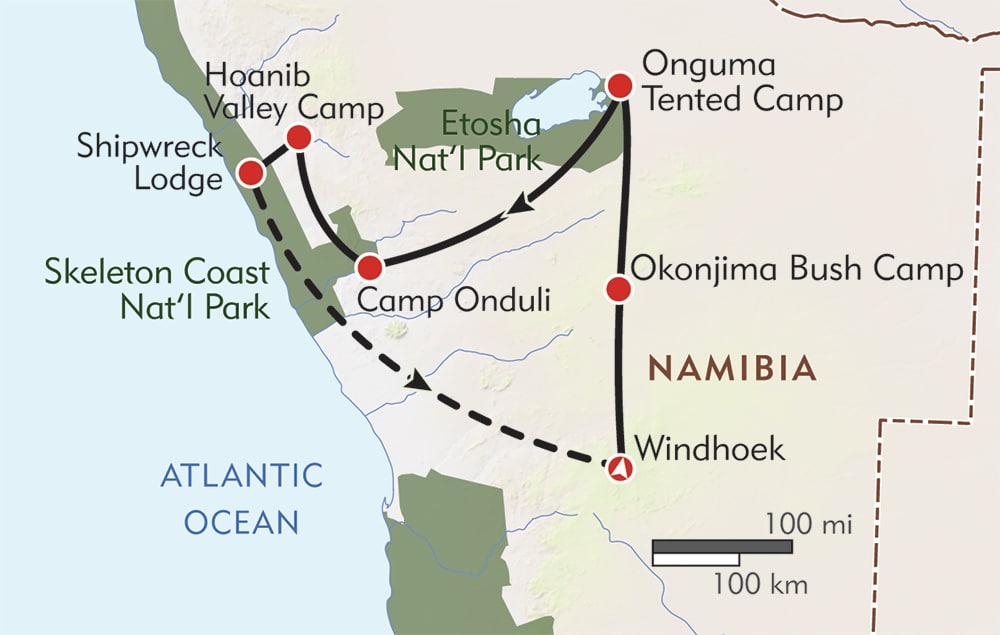

Arrive: Windhoek, Namibia
Depart: Windhoek, Namibia
Highlights
- Safari in the company of one of Namibia's best naturalist guides
- Enjoy spectacular lodges and remote camps that get you close to the wildlife
- Search for big game in UNESCO-listed eastern Etosha National Park, go for a game walk with the park's anti-poaching team
- Stay at spectacular Onduli Camp, with its optional roll-out “star beds” under a canopy of stars
- Safari in the wild Hoanib River Valley, home to rare desert-adapted elephant, giraffe, lion, and rhino, visit a remote Himba settlement
- Explore the wonder of the Skeleton Coast from stunning Shipwreck Lodge
Itinerary
Accommodations
Scroll through our signature accommodations for this trip below. Although it is highly unlikely, we may make substitutions when necessary.
What the Trip is Like
There will be some sections of walking through sand dunes or on rough, hilly terrain with loose scree. Although this is not a particularly rigorous trip, we still recommend you undertake a preparatory program of physical conditioning. Daily walking or regular hiking, jogging, and stair-climbing are excellent preparatory exercises.
Due to Namibia's vast distances, an integral part of any Namibia safari is driving, and this is part of the adventure. The Trip Leader will make the road journeys very interesting and point out many highlights en route. While the driving times may appear long, there is a lot to see and the scenery is dramatic and beautiful. The road journeys are essentially game drives since Namibia's wildlife isn't restricted to parks. Our vehicles are very comfortable and have supplies for tea, picnic lunches, etc.
Other Trips You Might Like
Browse All TripsBook your trip today
Our Area Specialists know every detail about our tours. They will be happy to answer any questions and help you choose the journey that’s right for you. Contact us to learn more or book your trip today!
Itinerary
Submit the form below to download itinerary
Trip Levels
With more than 200 different adventures to choose from, we want to help you find the trip that’s right for you. Our Trip Level system ranks each trip in two ways: a number rating from 1 to 6 according to the activity, and general travel rigors. 1 is the easiest and 6+ the most difficult—see descriptions below for explanations of each number. A plus (+) sign means the trip is a bit more strenuous than other trips of that level. The detailed explanation of each trip—below the bar with the number rating—is perhaps more important, specifying activities, altitudes, hiking, and travel conditions. The Detailed Itinerary, available by download or mail, gives further information. Our Area Managers can also answer questions and guide you to the trip that best suits your interests.
Level 1 – Easiest
Non-camping journeys, optional walks, little elevation gain or loss.
Level 2 – Easy to Moderate
Hotel nights and/or safari-style camping, hikes of two to four hours on some days. Other physical activities are sometimes included, such as optional sea kayaking.
Level 3 – Moderate
Half- to full-day hikes (3-6 hours) over rolling countryside on most days, occasional steep trails. Many of our hotel-based walking tours are in this category, as are our snorkeling adventures.
- Tuscany & the Cinque Terre
- Argentina: Hikes and Estancias of Patagonia
- Palau Snorkeling & Sea Kayaking
- Some trips with minimal hiking but rugged travel conditions or long drives, such as Tribal Ghana, Togo & Benin, are Trip Level 3.
Level 4 – Moderate to Strenuous
Full-day hikes (4-6 hours), mountainous terrain, significant elevation gains and losses (hiking up or down as much as 3,000 feet) on many days. Altitudes no greater than about 10,000 feet.
Level 5 – Strenuous
Full-day hikes (4-8 hours), mountainous, steep terrain (hiking up or down as much as 3,500 feet) on many days. Trips with hiking at average altitudes of 10,000 to 12,000 feet are in this category.
Level 6 – Very Strenuous
Full-day hikes (5-8 hours), mountainous, steep terrain (hiking up or down as much as 3,500 feet) on many days. Most hikes take place at altitudes above 10,000 feet, with some days ascending as high as 18,000 feet.


